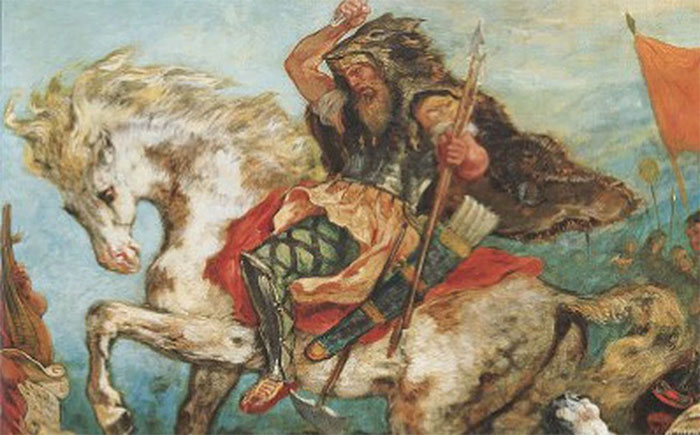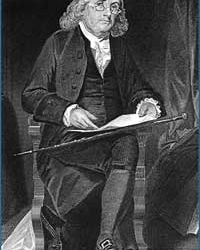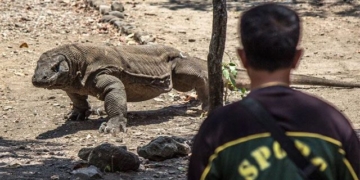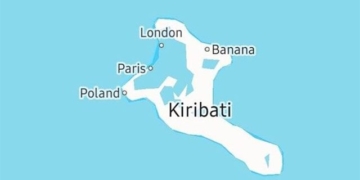Attila (406 – 453), the legendary figure of the Huns, is often referred to as Attila the Hun. He was also the leader of a tribal empire that included the Huns, Ostrogoths, Alans, and various other tribes in Central and Eastern Europe.
The Huns were a nomadic people who grew up on horseback, always armed with bows and swords, and were known for their warlike nature. The Huns were a wild, mysterious, and fierce people, inhabiting vast territories from the Asian steppes to the borders of the Roman Empire in the West. They crossed the Asian plains and invaded the Roman borders in the 4th century, spreading terror among the Romans and the Germanic tribes…
Initially, they may have intended to attack China but later shifted their focus to conquering Rome and Europe. When they first appeared at the Roman borders, the Huns did not reveal their intentions, but the first threat emerged after they settled along the Danube River, occupying the vast plains of present-day Hungary.

Painting of Attila on horseback by the famous French painter, Eugène Delacroix.
For the next 50 years, they maintained a relationship with the Eastern Roman Empire akin to that of a senior ally. From 420 onwards, Rome was forced to pay an annual tribute to the Huns for peace.
However, the situation changed when Attila became the king of the Huns. This new ruler had ambitions greater than his predecessors and was proud and brutal. At one point, Attila declared that he possessed the sword of the god of war and proclaimed that anyone who opposed him would be destroyed, causing the leaders of the vassal tribes to dare not look him in the eye. During Attila’s reign, the Huns had nearly become a nation among the European tribes.
In 434, Attila was officially elected as the supreme leader of the Huns, and he continuously amassed military power to raid, plunder, and conquer most of Europe for nearly 20 years. His army defeated the renowned Roman general Aetius in multiple battles, threatening the city of Rome and instilling fear in the Roman court and the Pope, who once invited him to Rome for discussions.
Not only was he a military leader, Attila was also skilled in diplomacy and negotiation, knowing how to protect the interests of his tribe. Pope Leo I had to intervene, representing the court to pay Attila a significant amount of gold and silver to withdraw his forces.
Attila and his close associates also learned much from the civilization of European monarchies, particularly that of Rome, and later constructed several buildings and palaces for their convenience.
In terms of appearance, Attila had an oversized head, dark skin, deep-set small eyes that bore a threatening gaze, a large nose, and scruffy facial hair, with broad shoulders and a stout build. He walked with a firm, confident stride, displaying the demeanor of a proud king of the Huns.
Attila appeared small and short when on the ground, but when mounted on a horse, he looked imposing and grand (ordinary people seem large, but when seated in a carriage or on a horse, they appear unchanged, which is not considered noble). Once, he jokingly asked his guard Ourestis: “Hey, who do you think I resemble that so many fear me?”
Ourestis replied: “The great leader resembles a black panther”; Attila narrowed his deep-set eyes, and his usual stern and proud gaze softened momentarily. He smiled slightly, patted Ourestis on the back, and said: “Really?”
From a young age, Attila was very brave, often hunting with his father and never flinching in the face of wild beasts. At the age of 11, the Buedon tribe killed Attila’s father and grandmother, forcing Attila to kneel, but he refused. The Buedon soldiers shot an arrow near where Attila stood to intimidate him; he pretended to kneel and then suddenly pulled the arrow out and struck one of the enemy soldiers, knocking him down and stealing a horse to escape.
After becoming the powerful supreme leader, Attila continued to live simply like a warrior. While his courtiers lived lavishly, he dressed in leather, ate roasted meat from an old wooden bowl. Throughout his 20 years as king, commanding an army of nearly half a million, Attila instilled fear across Europe; he even threatened to engulf the Roman Empire.
The rise of the Huns posed a significant threat to Rome. Roman general Aetius orchestrated several assassination plots against Attila. A notable attempt involved Aetius sending a mute assassin named Lagos to kill Attila while he slept, but Attila captured him instead. On the other hand, Ourestis, responsible for Attila’s loyal bodyguard, was very cautious and kept things secure, preventing many of Aetius’s other plans from being executed.
According to historical records, Attila had nearly 300 wives and concubines, his first wife De Cara died during childbirth, and later he fell in love with a girl named Bladda. Among his concubines was a beautiful woman named Gladko, who was a secret spy for Aetius.
She harbored a grudge against Attila because Hunnic soldiers had killed her family. Initially, she was hired to serve in Attila’s bathhouse (built in a Roman style) and later caught Attila’s attention and became a concubine. Seizing a favorable opportunity, she poisoned him.
Attila died while preparing his forces to attack Rome (some theories suggest he died on the day of his wedding to a new, young, beautiful wife named Ildico. The wedding was grand, filled with feasting and excessive drinking. Attila led his new bride to bed in a drunken stupor.
The next morning, he was found dead, with blood streaming from his nose. The bride was terrified and trembling, unable to speak. Experienced physicians believed Attila suffered from chronic nosebleeds and, while intoxicated, had a stroke.
Upon the great leader’s death, the Huns mourned deeply; many generals and common people cut their own cheeks or slashed their faces to bleed in remembrance of their talented commander. Upon hearing the news, the Roman Emperor remarked: “With Attila gone, there is no one strong enough to unite the nations outside of Rome.”
The Hunnic empire quickly disintegrated following the death of its leader. In 454, the Ostrogoths and other Germanic tribes rebelled against the Huns, and Attila’s son, who often had conflicts with the vassal tribes, could not withstand the crisis.
The Hunnic empire came to an end. Attila, the head of the brutal empire, died before completing his campaign to destroy the civilized world, but he did not die on the battlefield; he died in his own palace.





















































